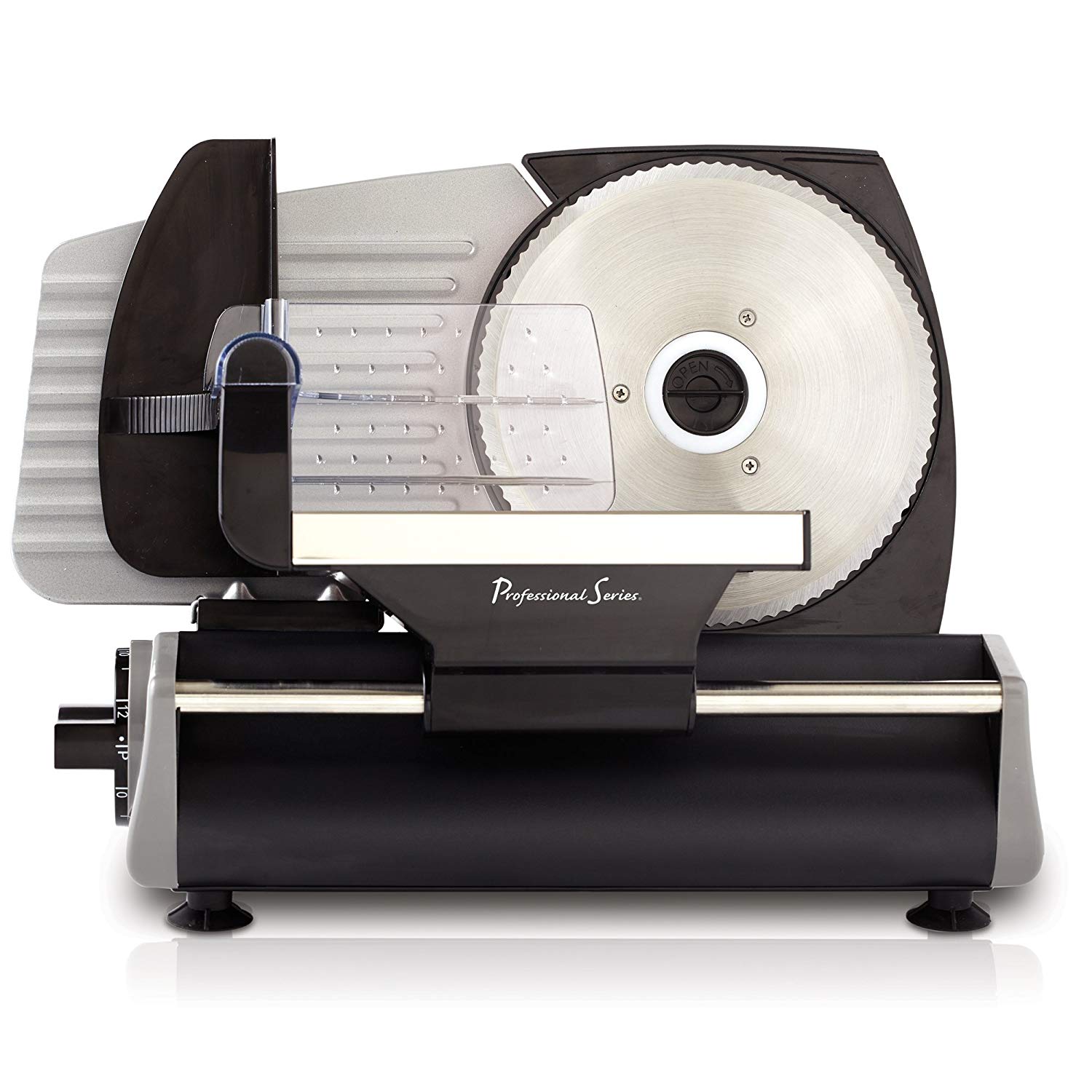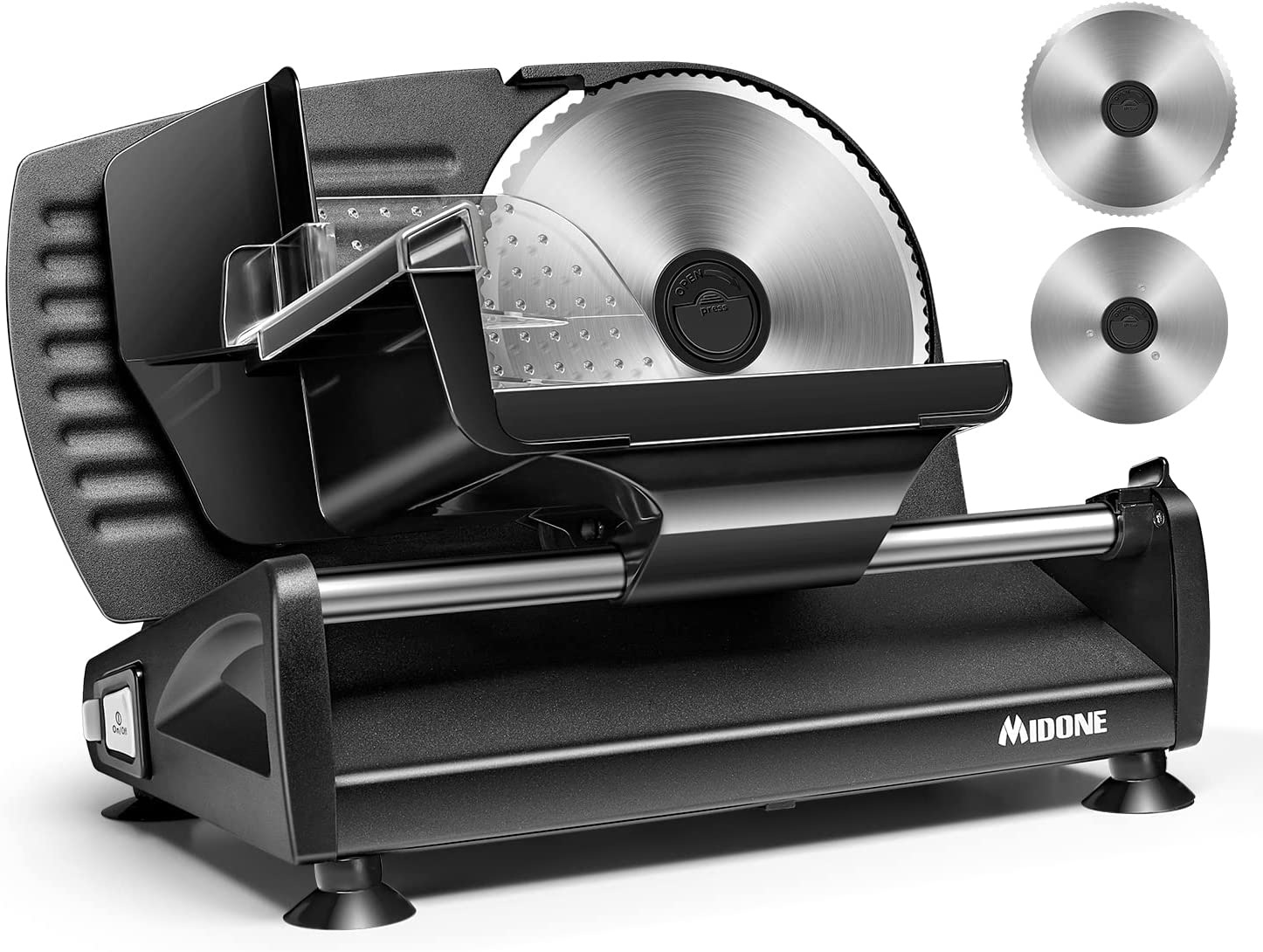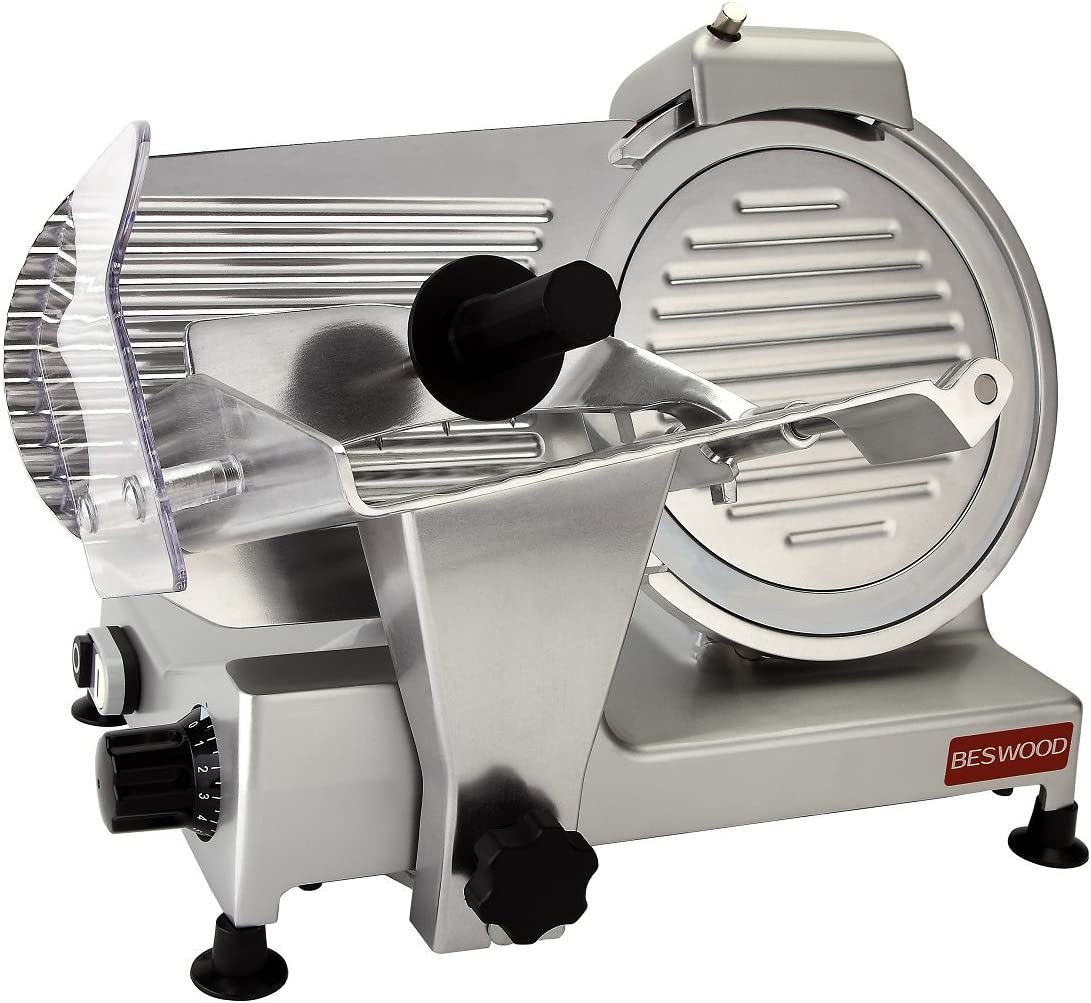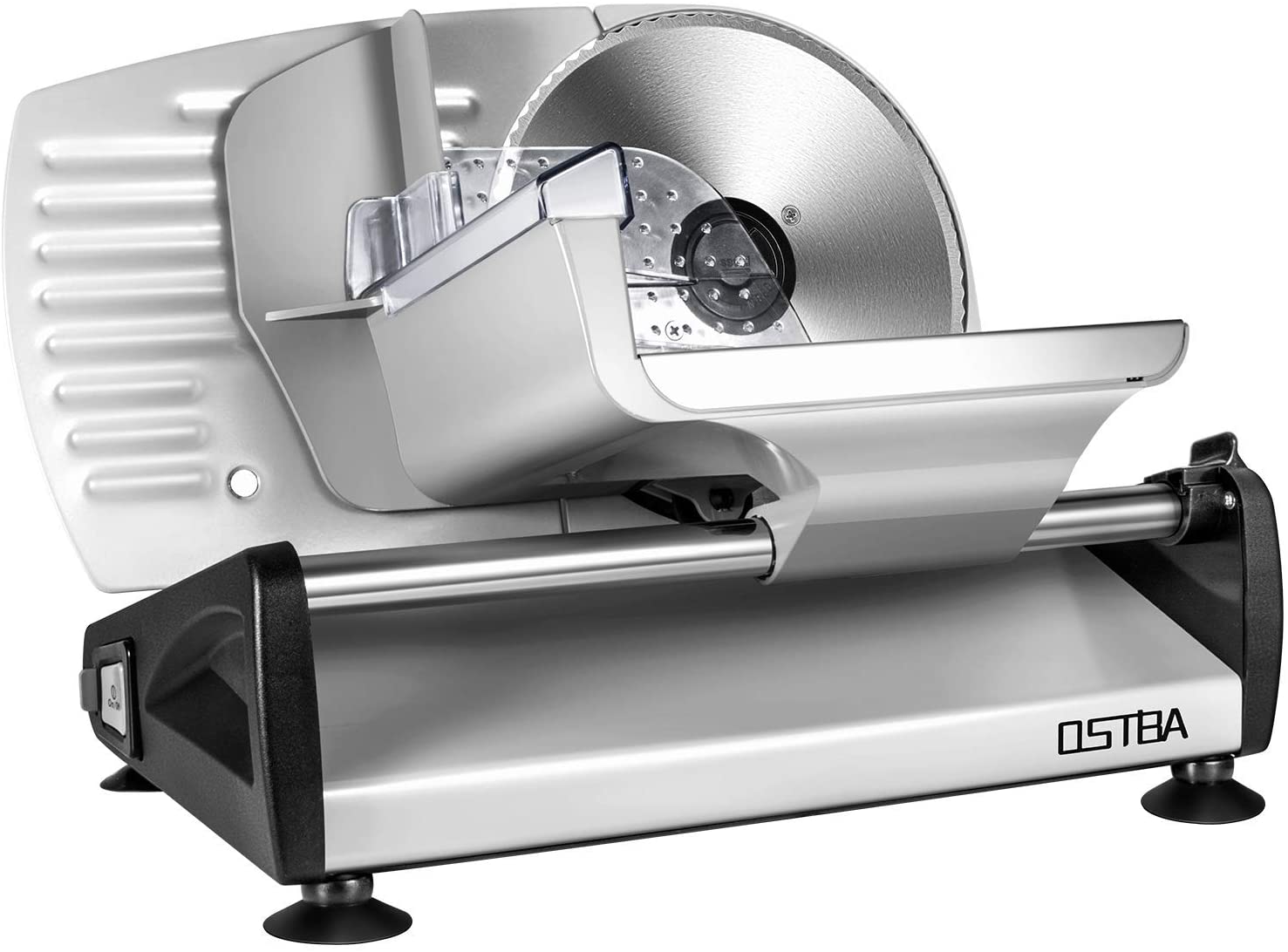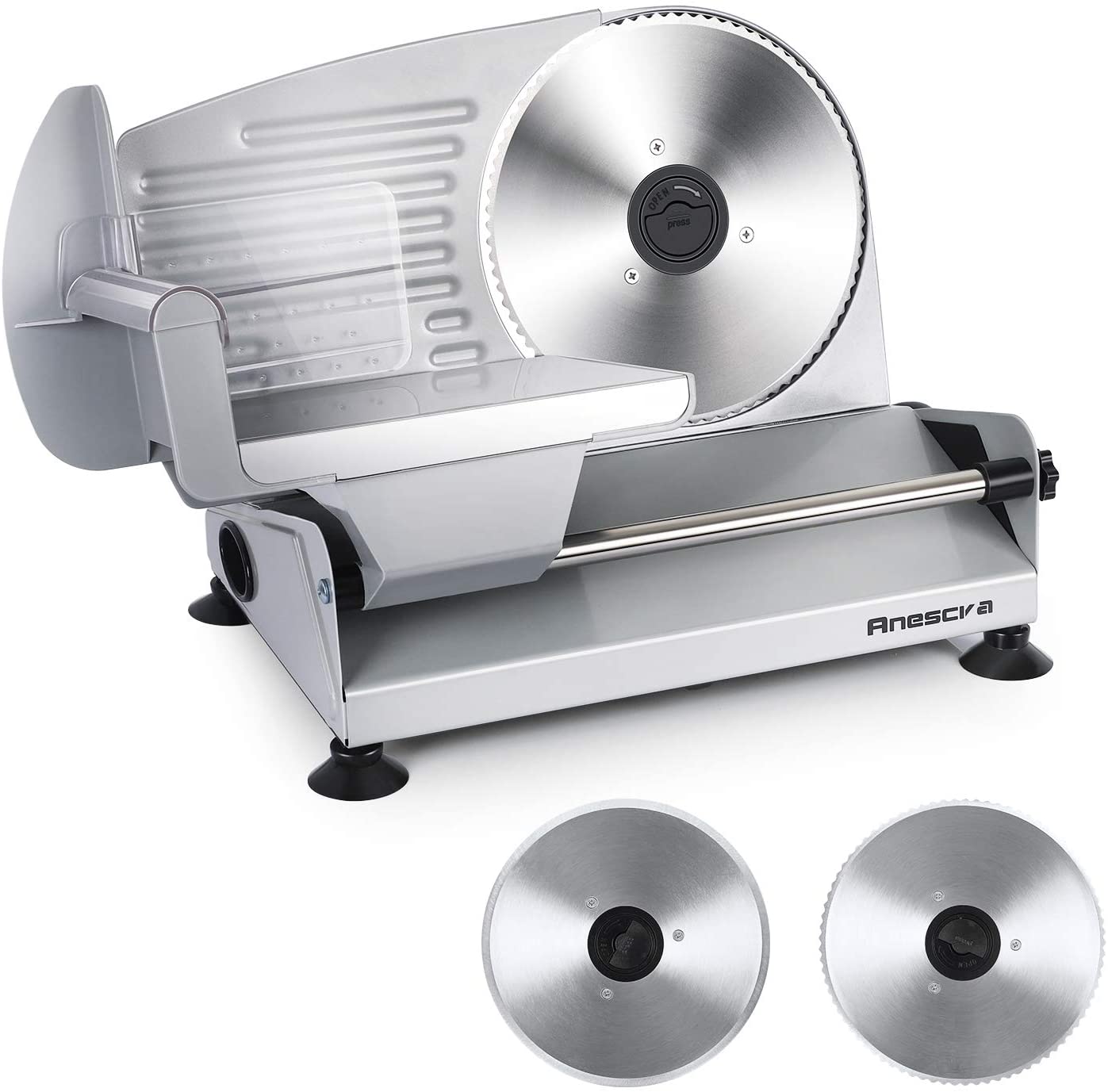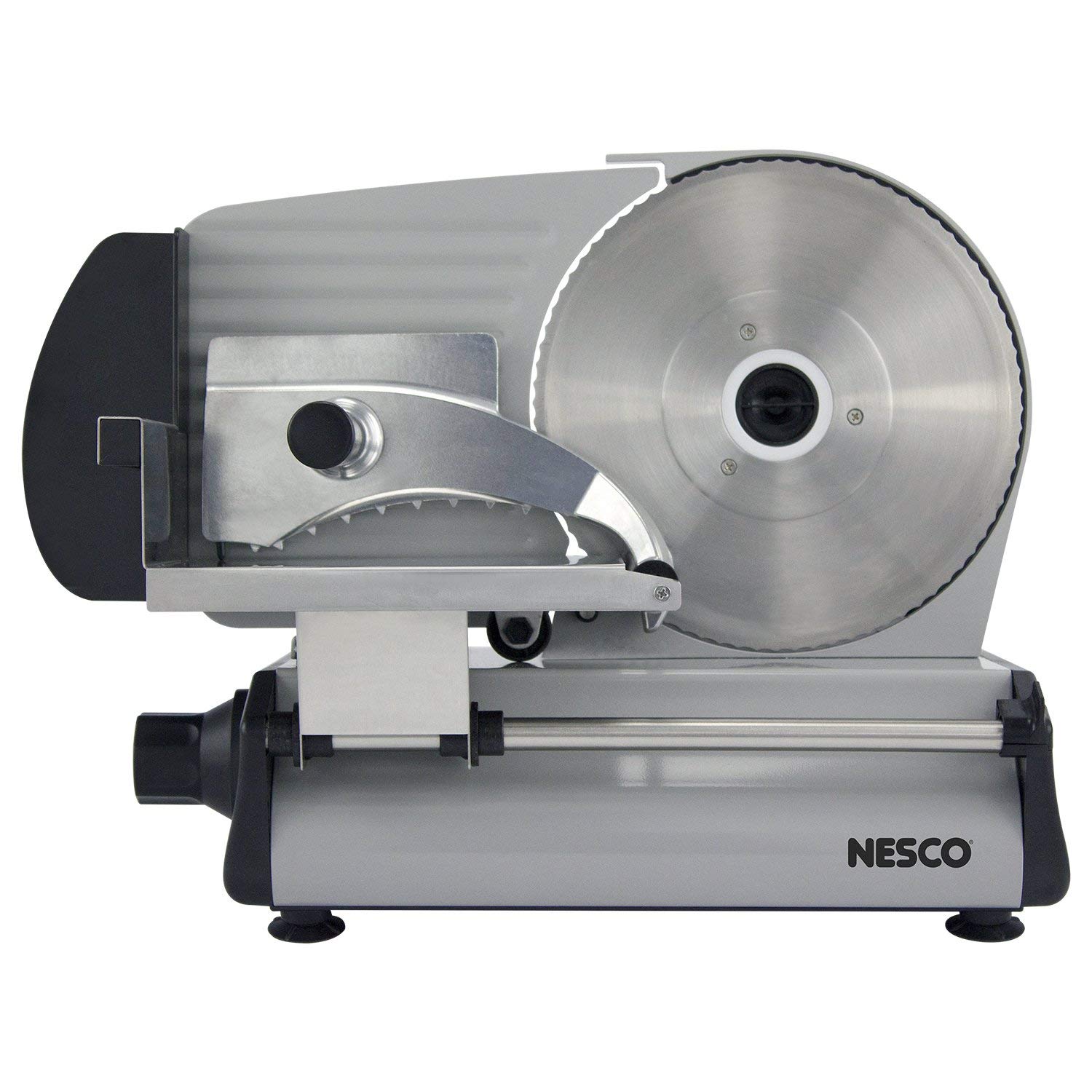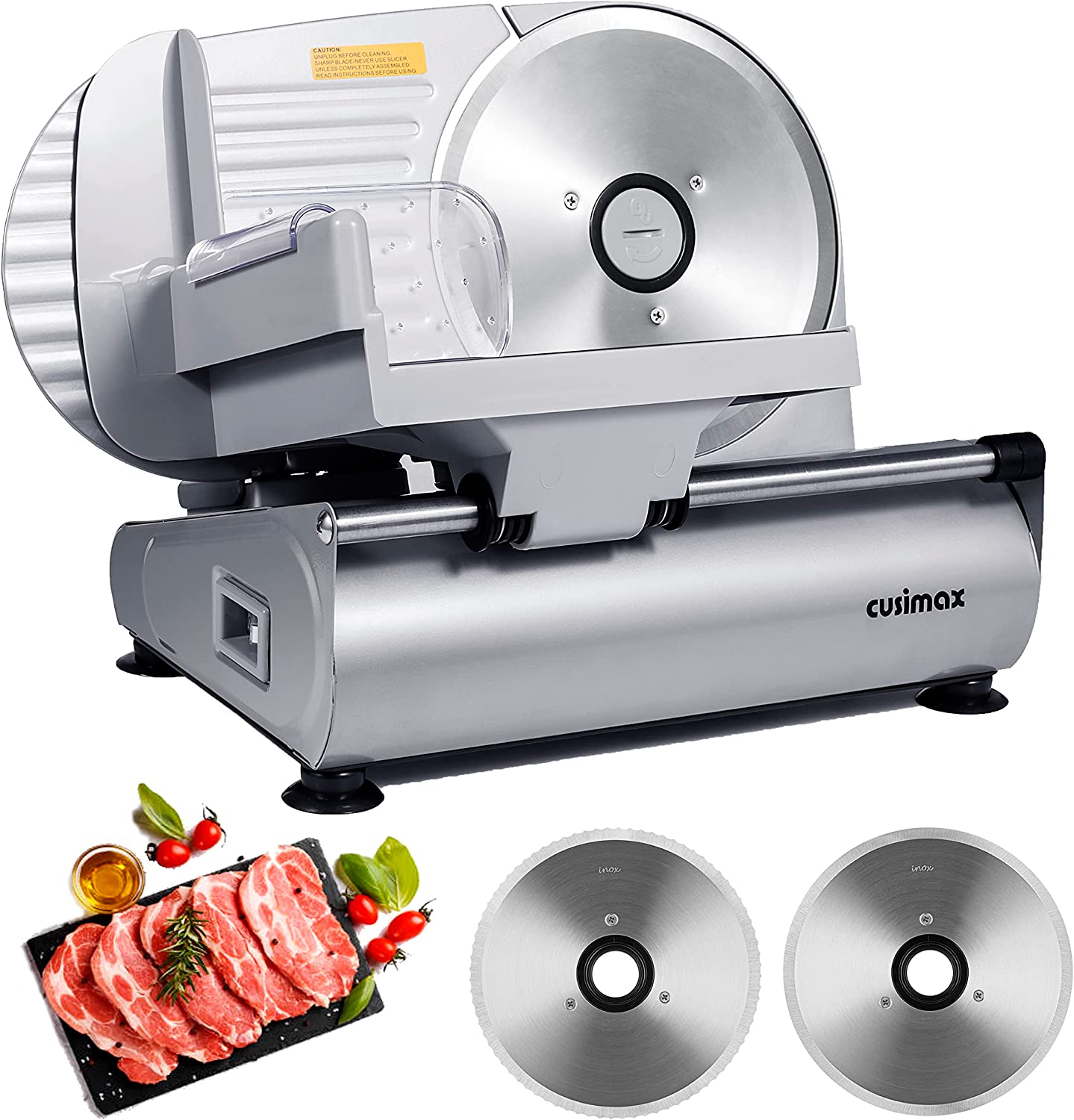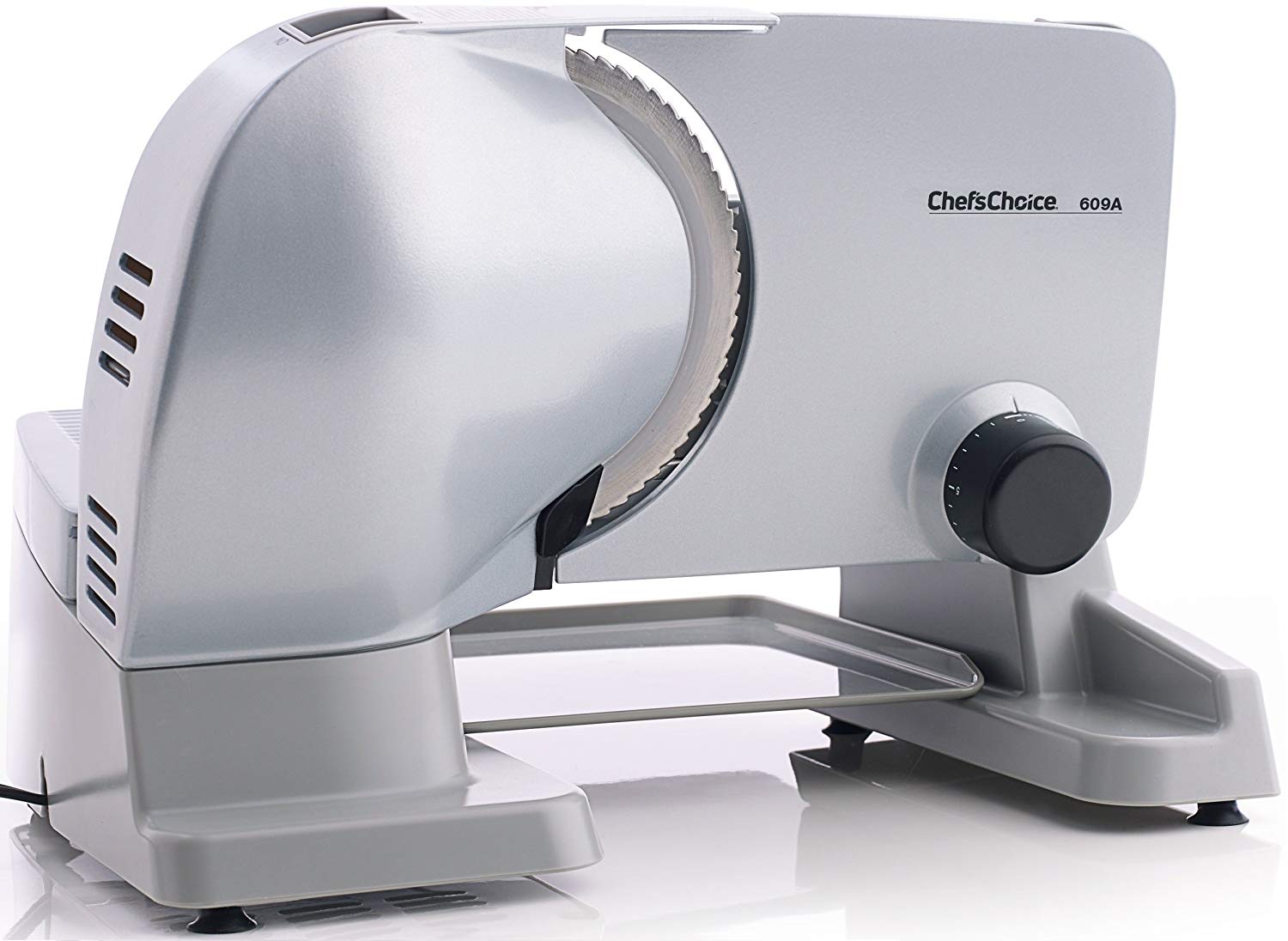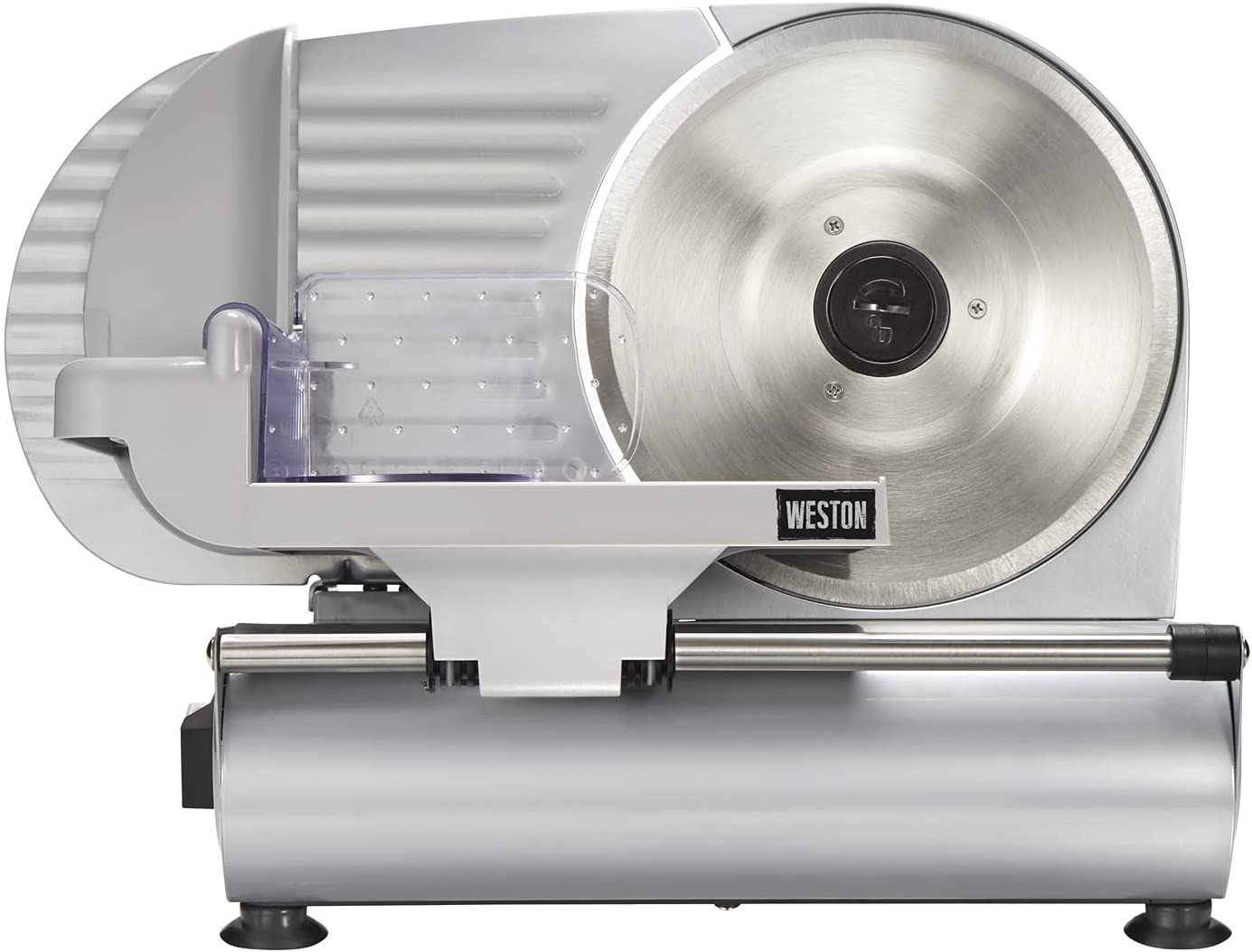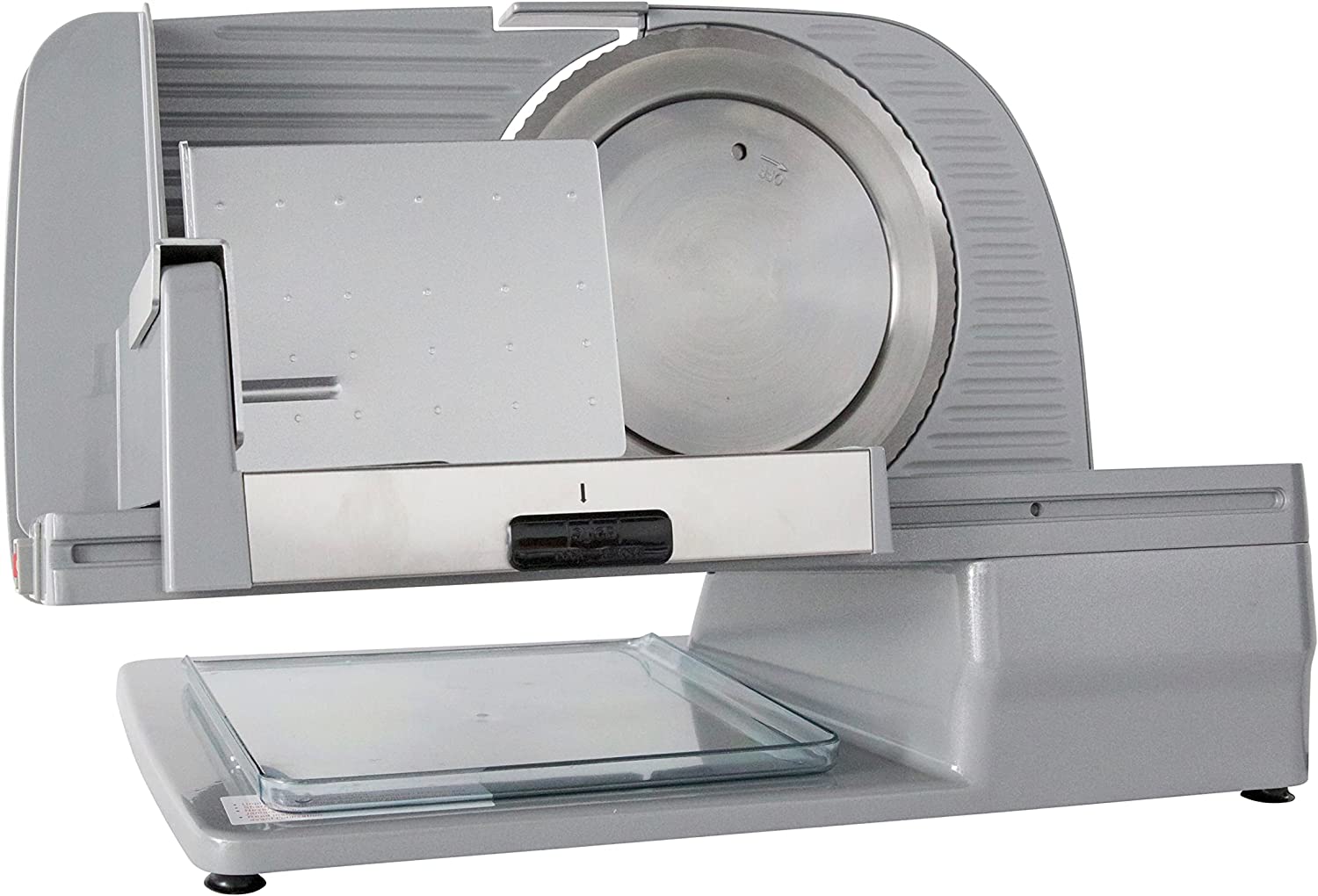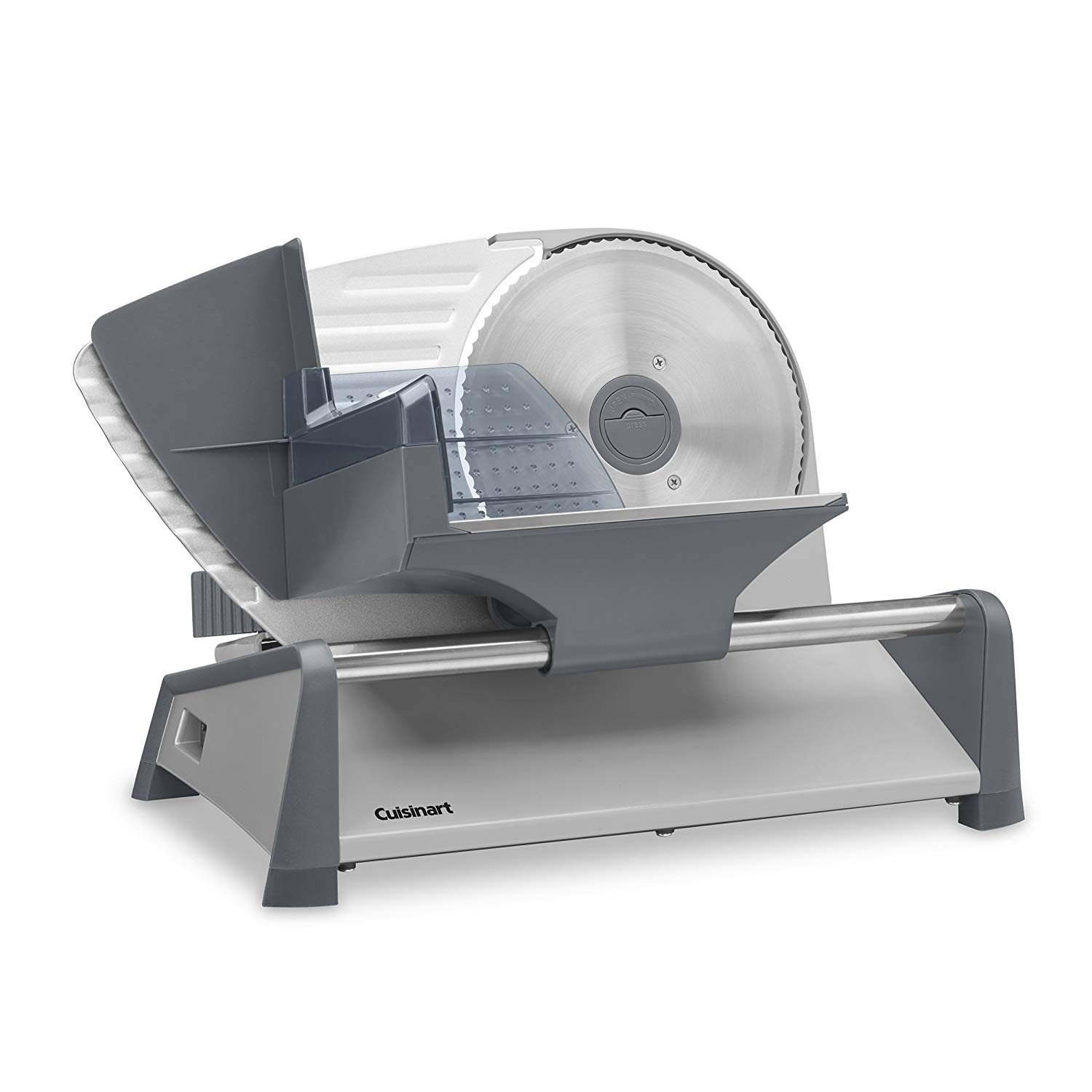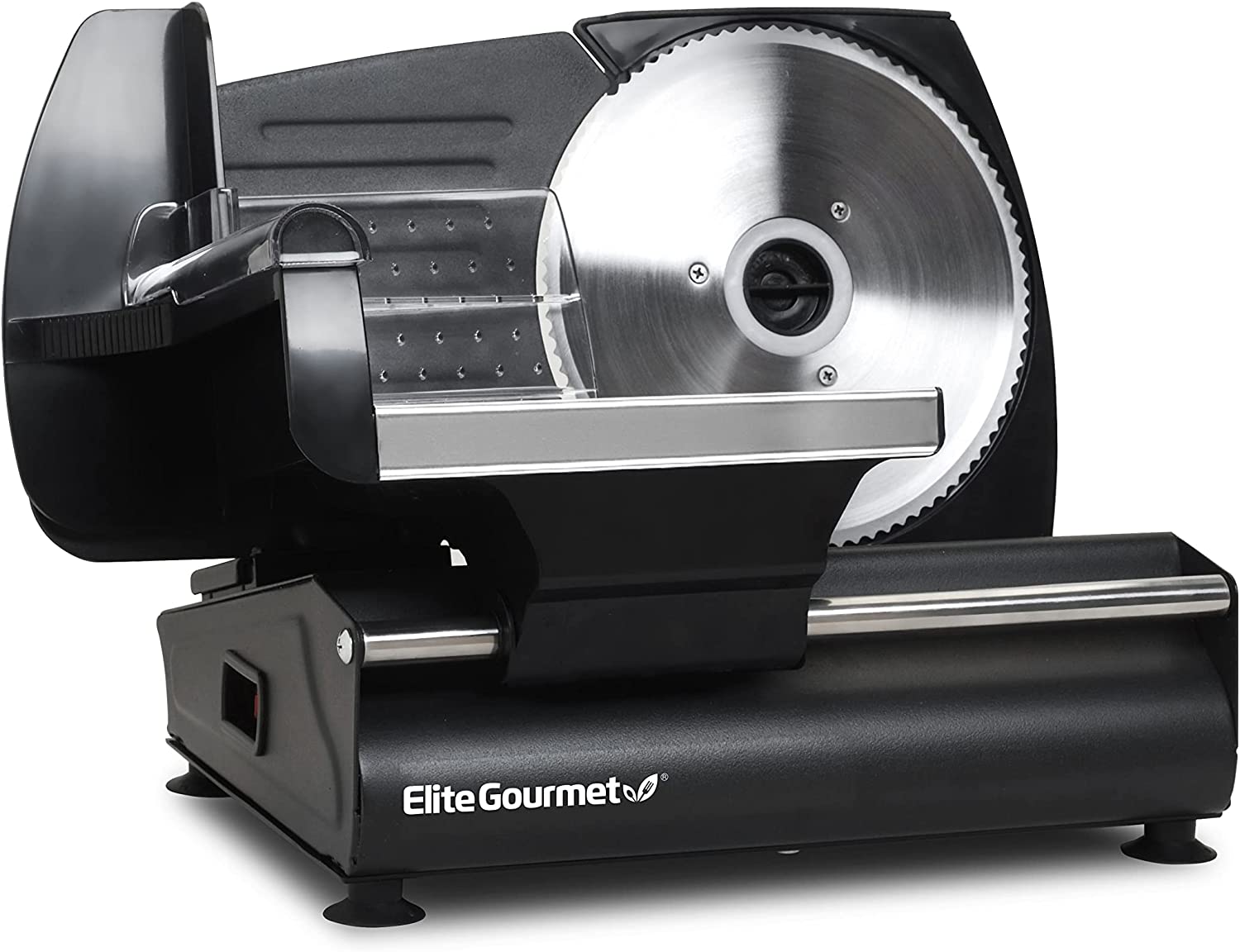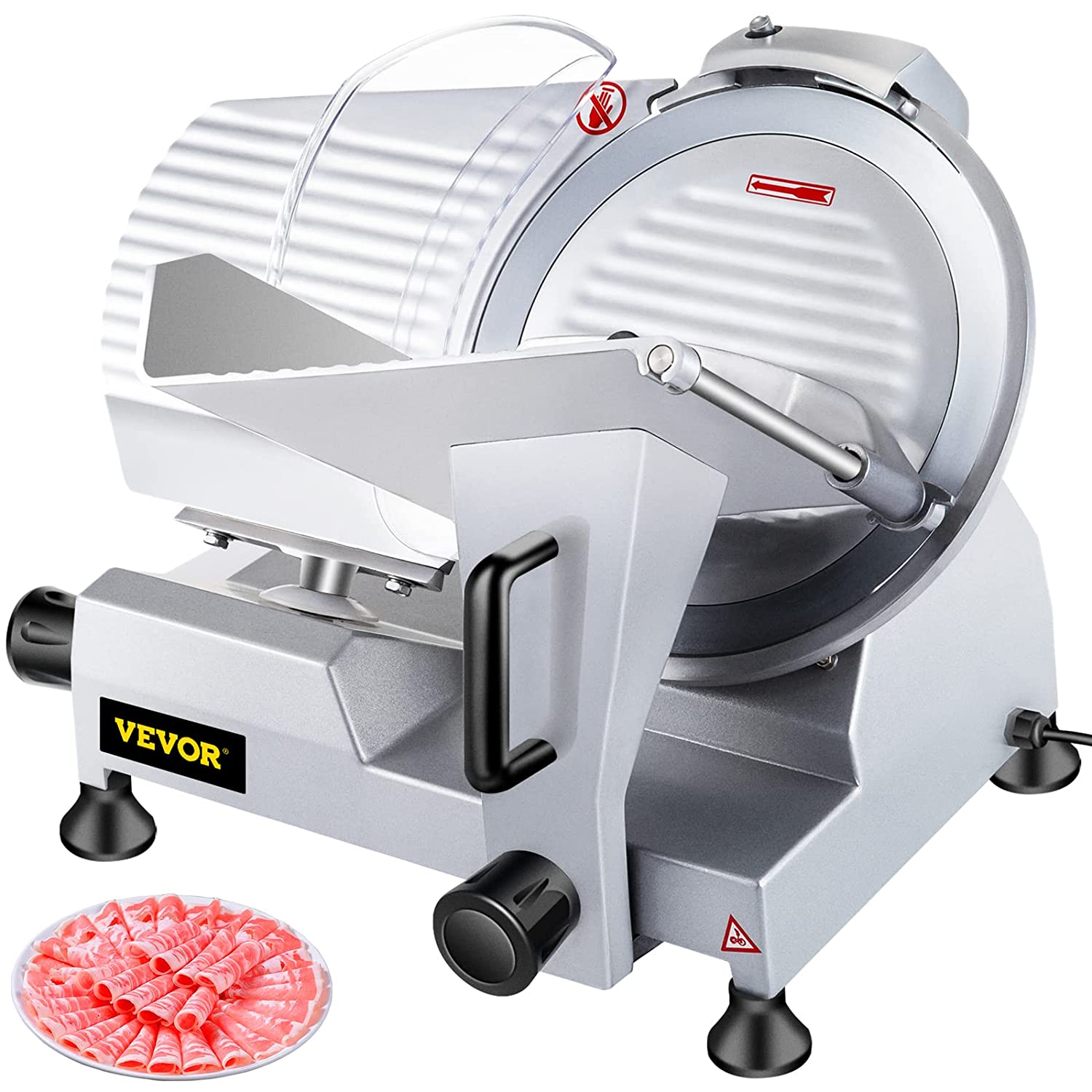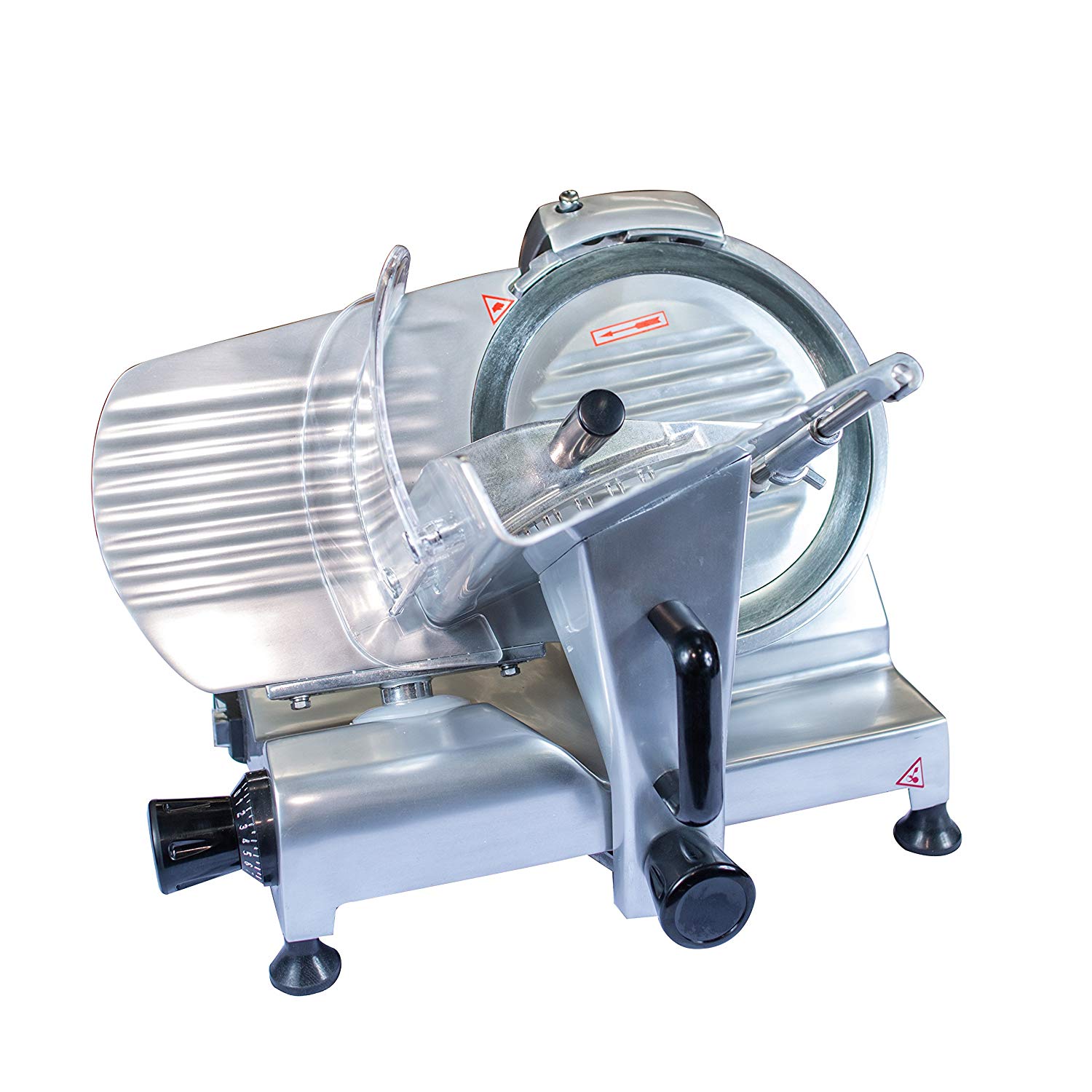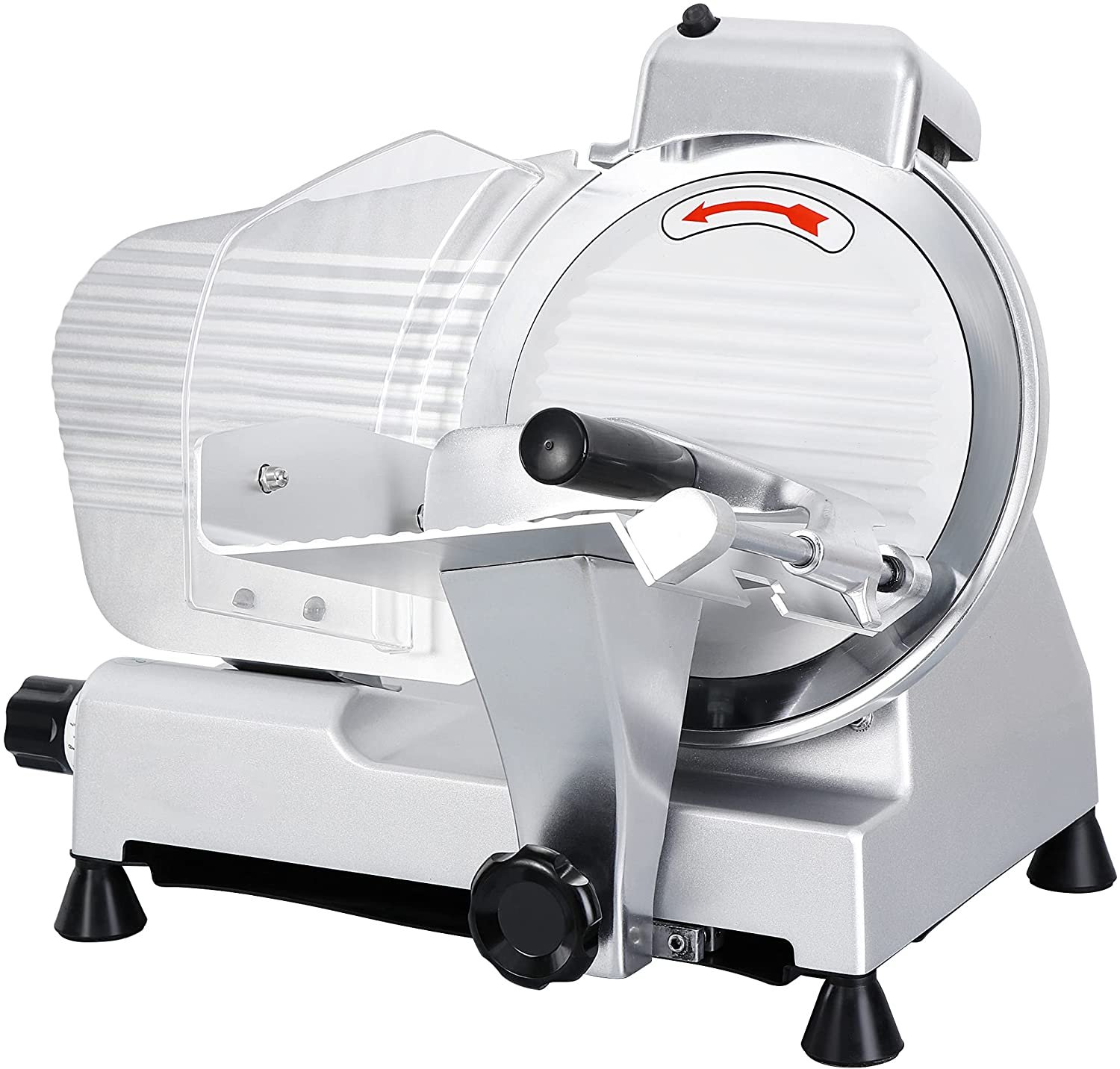Continental Serrated Electric Meat Slicer
Last updated: February 15, 2023
This meat slicer is a reliable slicer with a compact profile. While relatively light, it is sturdy — especially the blade, which holds up to professional sharpening. The safety features include an interlock switch to keep the blade off when not in use.
We looked at the top Meat Slicers and dug through the reviews from some of the most popular review sites. Through this analysis, we've determined the best Meat Slicer you should buy.
Product Details
Key Takeaway: This meat slicer's added safety mechanisms make it a top choice for home chefs.
In our analysis of 93 expert reviews, the Continental Serrated Electric Meat Slicer placed 13th when we looked at the top 15 products in the category. For the full ranking, see below.From The Manufacturer
Make your own deli sandwiches with this meat slicer in your kitchen. Turkey, ham, salami, cheese, whatever you want to slice with variable thickness. Tilted carriage for fast and easier slicing. Thickness adjuster knob lets you control how thin or thick you want your slices to be with powerful 180-watt motor. Non-slip feet will hold the slicer sturdy and safe. Professional quality 7.5-inch stainless steel blade and die cast aluminum body for a perfect chef style. Measures: 16.45 x 10.7 x 11.95 inches. ETL listed, and 2 year limited warranty. Continental Electric and Professional Series, In the Heart of Every Home.
Our Expert Consultant

Culinary Expert
Julie Chernoff is a long-time member of Les Dames d’Escoffier (past president of the Chicago Chapter, and current co-chair of the LDEI Legacy Awards Committee), the Association of Food Journalists (AFJ) and the International Association of Culinary Professionals.
Chernoff is the dining editor of Better, a lifestyle website and print magazine. Her journalism started in the test kitchens of Weight Watchers Magazine. She holds a BA in English from Yale University and is a graduate of the California Culinary Academy. She has spent the last few decades styling, photographing, teaching, developing recipes, editing, thinking and writing about food.
